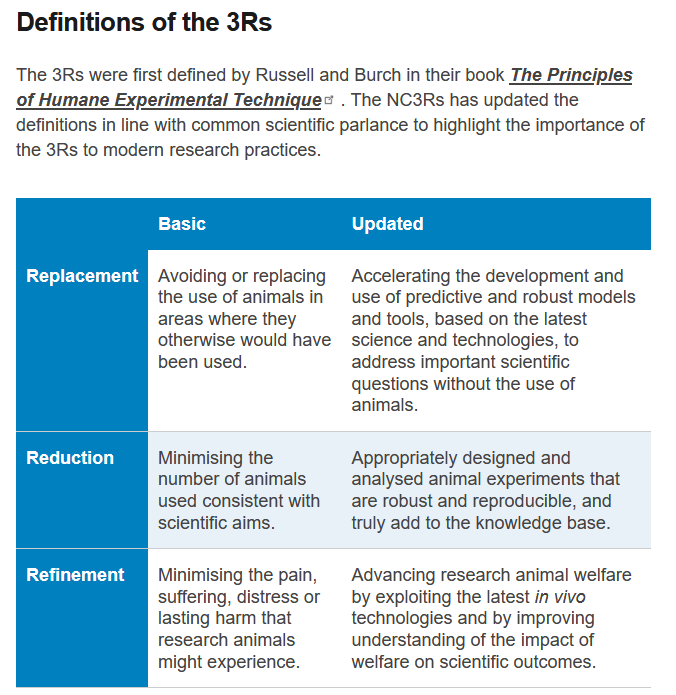prior research funders
Thanks to the many organisations that have funded the MacKenzie lab’s research.
research themes
UPCONVERSION NANOPARTICLES: synthesis, design, functionalisation
Upconversion nanoparticles (UCNPs) are lanthanide-doped nano-crystals with incredibly useful capability of absorbing near-infrared red light (typically ~980 nm or 808 nm) and emitting visible photons (emission colour dependent on UCNP dopants). This results in no tissue autofluorescence, plus the UCNPs do not photobleach, and their emission can be time-gated to separate UCNP emission from dyes and biological fluorophores. An added bonus that the near-infrared excitation is “cell friendly” and can traverse several centimetres of tissue. This makes UCNPs very well suited to biological applications, especially imaging through tissue.
The surface of UCNPs can also be modified with shells, ligands, and polymers to enable functional molecular loading, e.g. attaching fluorescent dyes or sensor molecules. This makes UCNPs a uniquely advantageous nano-sensor platform which can infiltrate biological cells and tissues as sensors or as light delivery platforms for photodynamic therapy. UCNPs can also be used in transparent display technologies, high-temperature optical thermometry, solar cells, data storage, and invisible security inks.
We routinely produce the following types of UCNPs:
Oleic-acid coated UCNPs (dispersible in oils) (via high pressure autoclave solvothermal reaction)
PEI -coated UCNPs with core-shell morphology and dual-waveband excitation (dispersible in water) [PEI = polyethyleneimine] (via autoclave solvothermal reaction)
PVP-coated UCNPs (dispersible in water and organic solvents) [PVP = polyvinylpyrrolidone] (via an open-to-air reaction)
We incorporate an array of sensitizer and emittter dopants to tune excitation and emission wavebands, including Yb(III), Nd(III), Er(III), Tm(III), and Mn(II) amongst others.

























